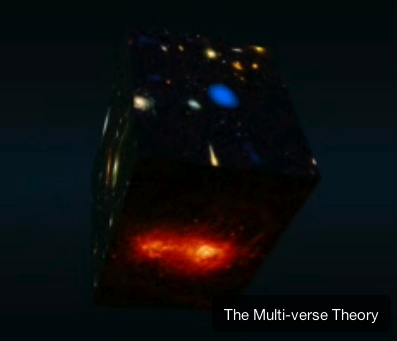
Glenn Beck has something major to do with another ambitious and tilted web portal, The Blaze*. Here’s a capture of today’s page. The ridiculous headline tops a truly funny/nutty video about some members, evidently, of the ‘professoriat.’
I’m okay with those who wish to protect the non-political nature of The Restoring Honor (umm, to America) protest ritual on Saturday. Why? Because even though politics was obviously and self-evidently implicit in, and concretely an aspect of, the event’s sub-text, by setting this to the side I can regard more fully that the event was about purportedly framed by a call to vivify both religion and patriotism.
Or, vivify some version of Christianity. You know: the new-fangled Beckian Christianity, an offshoot stripped of its social gospel and re-sanctified–I presume–to be a harsh Libertarian foundationalism; and one centered on personal responsibility and other stuff found nowhere at the center of a decent, magnanimous, moral old school Christianity.
Social justice is a very bad thing? …as the bumper sticker has it: Who would Jesus Bomb today?
Two videos from the event, here for your viewing pleasure, should cause you to wonder about selective editing and the ease with which ignorance can be evoked. It is the case that at any gathering numbering ten or more people, it is likely child’s play to get someone to unwittingly embarrass their self, if he or she is asked about politics or religion.
However, I still would be open to a coherent presentation of the Tea Party case. I have spent more than a few hours looking for as much, and, probably because I’m modestly overly aware of stuff like philosophy and history, I have yet to find any cogent explication. Really, my bar isn’t set very high. And, this documentation doesn’t have to be convincing, it just has to be reasonable and reasonably intelligent. I’ll keep searching.
I certainly agree with the slathering Tea Party about one bare fact: the financial industry should have been held accountable for their grotesque, morally reprehensible, gambling. But, amazingly, now it seems the Tea Party is on the cusp of being co-opted by, in effect, the Club For Growth, Koch Brothers, and their ilk!
This is apparently where the Tea Party is headed: into the arms of the collectivist moneychangers, the very ones who happily took the tax dollar and rewarded themselves handsomely for allowing themselves to be bailed out. Why the Tea Party doesn’t get, as far as I know, that this synergy weds them with the other co-dependent side of the problem they’re so angered about, is a question which remains to be answered.
Of course, many have pointed out the Tea Party isn’t really a new wave at all. This may turn out to be true. Certainly their Constitutional and economic complaints have, over the last month or so, become terribly infected by the usual suspects, and to a degree by: racial, ethnic, and religious bigotry, Birtherism, and conspiracy-theory driven paranoia.
Their eliminativist leanings are ludicrous. Still, when 40% of Republicans think it possible that Obama has come to bring Shariah to the Republic, we’re witnessing something which has grown beyond the old Conservative/Liberal fault lines. For one thing, it seems this movement is very labile and able to shape shift between advocating against a Marxist Manchurian candidate, and, advocating against a Jihadi counter-crusader. All in all, the enemy posed is of an exceptionally large scale: Islam! Communism! All those other kinds of Christians! Brown and darker skin!
I’ll wait patiently for the video featuring the Tea Party smart set. Let me know if you find anything. As for Beck embracing the legacy of Martin Luther King, to me, Beck’s thrust seems much more in the direction of Martin Luther.
He said to them, “Beware! Keep yourselves from covetousness, for a man’s life doesn’t consist of the abundance of the things which he possesses.” (Luke 12:15)
But those who are determined to be rich fall into a temptation and a snare and many foolish and harmful lusts, such as drown men in ruin and destruction. For the love of money is a root of all kinds of evil. Some have been led astray from the faith in their greed, and have pierced themselves through with many sorrows. (I Timothy 6:9-10)
He found in the temple those who sold oxen, sheep, and doves, and the changers of money sitting. He made a whip of cords, and threw all out of the temple, both the sheep and the oxen; and he poured out the changers’ money, and overthrew their tables. To those who sold the doves, he said, “Take these things out of here! Don’t make my Father’s house a marketplace!” (John 2:14-16)

Glenn Beck vs. Christ the Liberator – Reverend James Martin, S.J.
*The site will be run by Scott Baker, who helped launch the conservative Breitbart TV website. Politico reports that the site already has what appear to be paid sponsors – gold-based investment service Goldline. It’s also carrying an ad for a book by former GOP House Majority Leader Dick Armey. They have also hired Jon Seidl from the American Spectator and Meredith Jessup from Town Hall as reporters for “The Blaze.”











